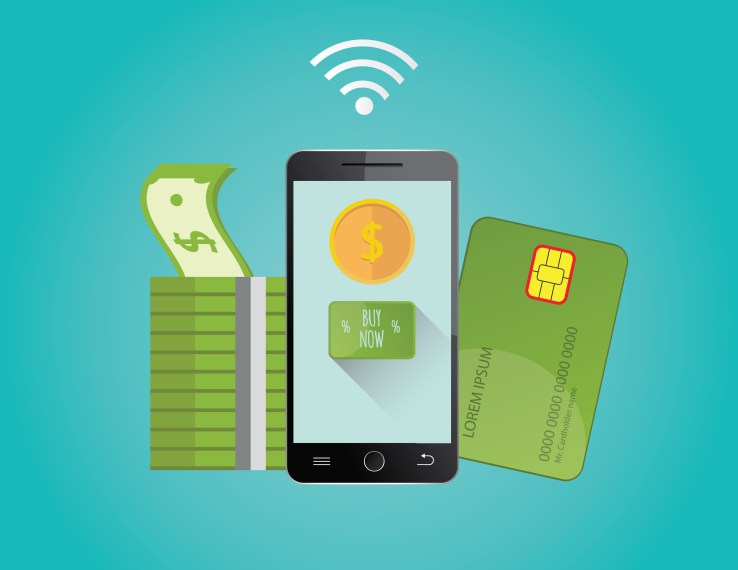Seamless peer-to-peer mobile payments have been considered inevitable for quite a while. And for good reason: One experience figuring out the bill at a group dinner party or splitting the cost of a wedding gift and you understand the headache that can be caused by friends dealing with money. Who wants to deal with cash or checks when you can send money in a tap?
For about 10 years now, there has been an arms race in the mobile payments space as companies have competed to solve this difficult problem: How do you make sending money as easy as sending a text message? Now, it seems like we have a winner. More than $2.1 billion has been transacted on the Venmo app in the last three months. The company has achieved such success that people talk about “venmoing” each other instead of “paying.”
How did this happen? There was no “silver bullet” to Venmo’s success. Five key factors contributed to the massive and sustained growth that brought Venmo to where it is today.
The Social Component
Venmo was a pioneer in “social payments.” It required new users to connect to Facebook, and this is brilliant for a couple of reasons. First, it makes it easier to sign up to and use the app, because users can easily find the people they want to pay. Second, it essentially gave Venmo free marketing. Venmo transactions can publish to Facebook, which quickly raised awareness about the app and helped acquire new users. Third, Venmo created a social network within its app that allows users to post creative comments, descriptors and inside jokes. This increases app engagement. It’s a fun and unique way to see what your friends have been up to.
Going Viral
The social component (and free marketing) helped Venmo go viral. When you go out to dinner with a friend or share a cab or go on a weekend getaway and want to split the bill, Venmo is almost always the easiest option. People never have the right amount of exact cash, and who actually uses checks anymore? Venmois the easiest option. Whoever has Venmo asks their friends to download it, if they haven’t already. Growth is central to the product. Friends bring in friends and this triggers a powerful cycle of growth.
Millennials
Who actually uses checks anymore?
Venmo’s product naturally appeals to millennials, who have steadily been increasing their spending power and influence.Eighty percent of millennials own a smartphone and millennials complete more than half of all mobile payments. This generation is more open to adopting mobile payments than other generations and does not embrace traditional financial processes. Millennials also place a high premium on expediency and ease-of-use. All of these factors make a service like Venmo appealing to them.
Venmo recognizes the importance of the millennial demographic and has continued to add features that appeal to them. For example, the company recently launched an emoji autocomplete feature, after realizing that close to a quarter of all Venmo notes use an emoji.
Simplicity And Ease Of Use
Venmo’s UI/UX is clean, intuitive and minimalistic. Anyone can use it. The team hasn’t tried to fill the app with features so that it can do everything. Instead, they focused on making the core functionality easier and easier. It’s not a one-stop-shop for all mobile payments, but it is perfectly suited to handle peer-to-peer transactions.
The Mobile-First Approach
A major factor in Venmo’s success, as is arguably true for all companies, is that it entered the market at the perfect time. In 2010, mobile penetration in the U.S.had surpassed 75 percent of the population. People were more comfortable using mobile devices for “sensitive” activities, as well as with buying things online. This newly mainstream user behavior aligned perfectly with Venmo’s value proposition. Down the road, Venmo introduced a website, but this was secondary to its mobile offering. It took a bet on mobile at exactly the right time — and before its competitors were doing the same.
Venmo, which is now under the umbrella of PayPal (thanks to the acquisition of Braintree, which acquired Venmo in 2012), certainly has some heavy hitting competitors. Google just relaunched the Google Wallet app to be more like Venmo, Facebook began enabling free peer-to-peer payments between friends in Facebook Messenger earlier this summer and Square Cash allows for money to be transferred instantly (instead of waiting a few days after cashing out, like Venmo.)
However, this competition has done nothing to stem Venmo’s growth. As mobile payments continue to soar, there is room for more than one service, but signs point to the fact that Venmo will maintain its strong lead.
Posted via TechCrunch 11/4/2015, written by John Bird: http://tcrn.ch/1Md16xS

